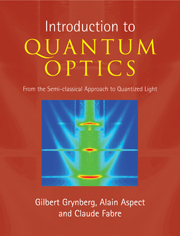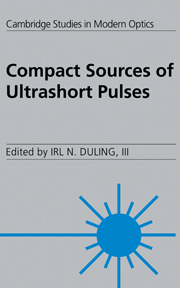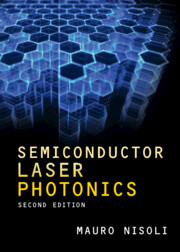Manipulating Quantum Structures Using Laser Pulses
The use of laser pulses to alter the internal quantum structure of individual atoms and molecules has applications in quantum information processing, the coherent control of chemical reactions and in quantum-state engineering. This book presents the underlying theory of such quantum-state manipulation for researchers and graduate students. The book provides the equations, and approaches for their solution, which can be applied to complicated multilevel quantum systems. It also gives the background theory for application to isolated atoms or trapped ions, simple molecules and atoms embedded in solids. Particular attention is given to the ways in which quantum changes can be displayed graphically to help readers understand how quantum changes can be controlled.
- Gives an overview of the basic physics of quantum-state manipulation
- Presents the mathematical formalism for describing how pulses of laser light affect atoms and molecules
- Shows how quantum changes can be displayed graphically, enabling readers to visualize and understand how quantum changes can be controlled
Reviews & endorsements
'… this remarkable volume offers a clear approach to the theoretical basis of coherent interactions between light and matter on the quantum scale.' Optics and Photonics News
'… a remarkable volume … This book has exemplary clarity of exposition…' Optics and Photonics News
Product details
September 2011Hardback
9780521763578
586 pages
254 × 180 × 31 mm
1.3kg
137 b/w illus.
Available
Table of Contents
- 1. Introduction
- 2. Atoms as structured particles
- 3. Radiation
- 4. The laser-atom interaction
- 5. Picturing quantum structure and changes
- 6. Incoherence: rate equations
- 7. Coherence: the Schrödinger equation
- 8. Two-state coherent excitation
- 9. Weak pulse: perturbation theory
- 10. The vector model
- 11. Sequential pulses
- 12. Degeneracy
- 13. Three states
- 14. Raman processes
- 15. Multilevel excitation
- 16. Averages and the statistical matrix (density matrix)
- 17. Preparing superpositions
- 18. Measuring superpositions
- 19. Overall phase, interferometry and cyclic dynamics
- 20. Atoms affecting fields
- 21. Atoms in cavities
- 22. Control and optimization
- Appendices
- References
- Index.






